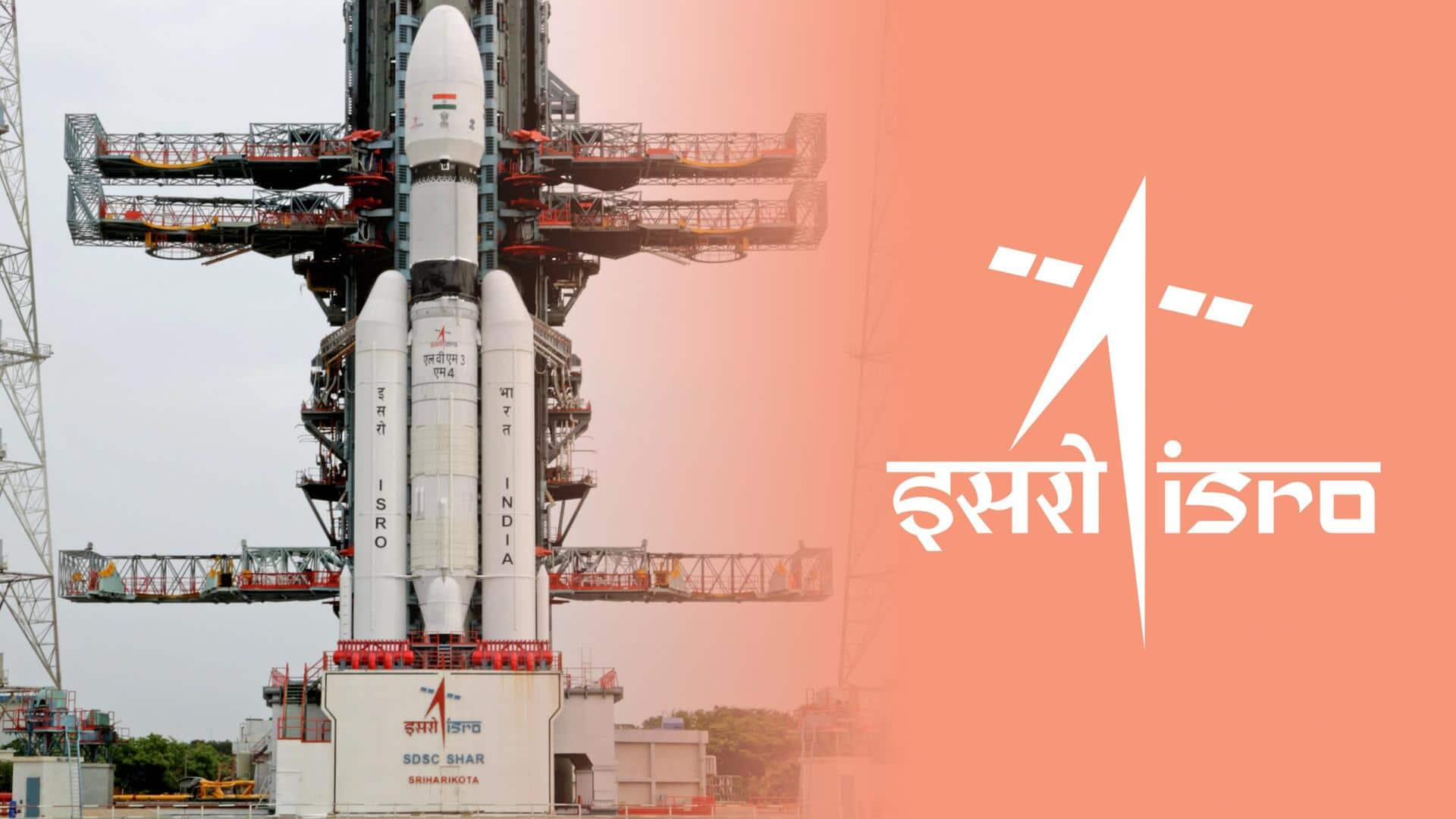
Why ISRO wants to probe Moon's south pole with Chandrayaan-3
What's the story
We are just two days away from the launch of the Indian Space Research Organisation's (ISRO) Chandrayaan-3, which is scheduled to take off on July 14. Chandrayaan-3 is designed to "soft land" near the Moon's south pole and if successful, it will be the first mission to do so. The lunar south pole has intrigued scientists for years. Let's see why.
Context
Why does this story matter?
Chandrayaan-3 marks a big step forward for ISRO. The upcoming lunar mission, which is estimated to have cost Rs. 617 crore, is a follow-up to the partially successful Chandrayaan-2 mission from 2019. If everything goes well, India would join the coveted list of nations, including the US, Russia, and China, who have managed to achieve landing and roving on the Moon's surface.
Reason
What is unique about Moon's south pole?
The Moon's south pole is home to certain extreme conditions including freezing temperatures and massive craters. Even when this lunar region receives sunlight, its large craters remain in darkness. According to NASA, some craters in the Moon's south pole have not received sunlight for billions of years and the temperatures here could dip as low as -203 degrees Celsius.
Significance
This region could hold clues to the early solar system
Considering the cold temperatures, the Moon's south pole is believed to contain more water ice in its dark regions than the lunar north pole. The matter trapped in the southern lunar region wouldn't have witnessed much change over the years and could thereby hold clues to the early solar system. These factors make the southern lunar pole interesting for scientific investigations.
Information
NASA also intends to probe the southern lunar pole
ISRO is not the only one keen on uncovering the mysteries of the Moon's south pole. NASA also intends to explore this region via its Artemis 3 mission, which is slated to launch in 2025.
Missions
Chandrayaan-3 has a couple of changes from its predecessor
In 2019, Chandrayaan-2 was supposed to land near the Moon's south pole but it was only partially successful. A software glitch caused the spacecraft to crash into the Moon. Taking lessons from the predecessor, ISRO has made some changes to Chandrayaan-3. The lander gets stronger legs, two "lander hazard detection and avoidance" cameras, and improved soft-landing sequences to ensure the mission goes on smoothly.
Details
Chandrayaan-3 will reach Moon's south pole around August 24
Chandrayaan-3 will launch atop an LVM3 (Launch Vehicle Mark 3) rocket at 2:35pm on Friday, from the Satish Dhawan Space Centre (SDSC), in Sriharikota. The mission will embark on a roughly 40-day journey to reach its target destination. It is expected to reach Moon's south pole around August 24. ISRO is sending a slew of scientific instruments to study the lunar surface.